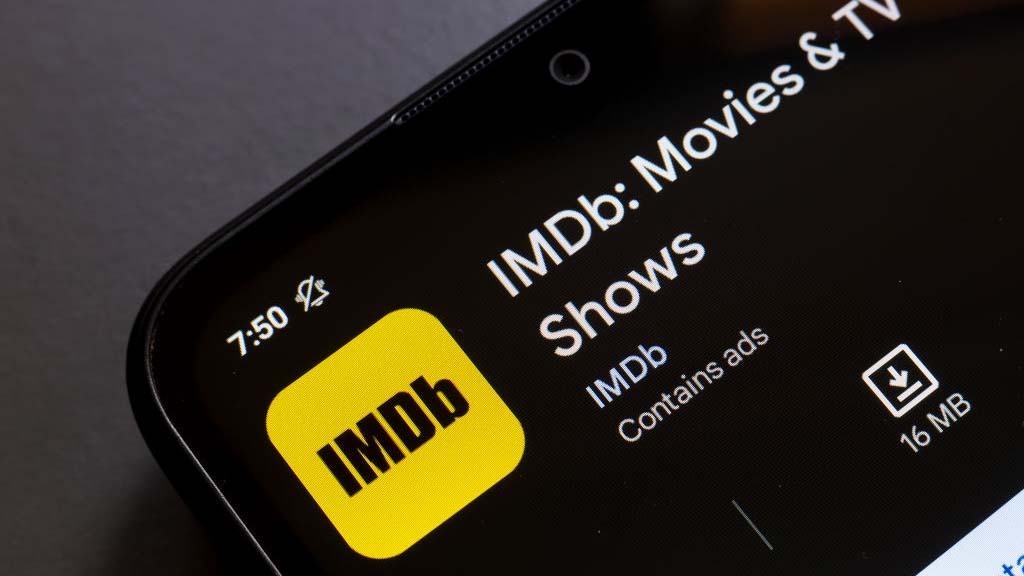Stay Tuned: Twitter Aims for Broadcast Television

Social media and television could not be more different. But all that may be about to change. There has been a lot of second screen viewing and conversing in the past year on mobile devices and that traction has caused social media to take notice. Twitter is putting into motion a multi-tiered plan to sweep into television, but how is it going to succeed?
Some of the groundwork was built at the end of last year, with ratings company Nielsen teaming up with Twitter to begin developing a new metric to gauge the reach of TV programming through social media. The target then is actually almost here now, the slated start is the Fall 2013 TV season. As more and more people turn to mobile TV and utilize smartphones and tablets to comment via ongoing program-related conversations, it makes sense that Nielsen would be interested in tracking this type of data. However, this avenue of information can be much more skewed than what Nielsen has traditionally tracked in the past. Social media, and especially Twitter, can be heavily swayed by advertising and elements such as sponsored hash tags. Twitter obviously would not have issues with creating a ratings systems while also collecting more advertising revenue for interested networks to promote their shows. Nielsen has historically been more strict, via methods such as a ratings box or rating journal for TV viewers. Still, working on methods to track engagement between TV and the Web is a good start, and in the end the concept of ratings could be redefined beyond the top 20 show list we traditionally think of.
This past spring, more traction was gained as Twitter announced additional partners for its Amplify program, which connects content providers which a means to push video clips and tailored info out via Twitter’s advertising infrastructure. NBA, A&E, ESPN, Bloomberg TV, Clear Channel, MLB and many other content producers are on board and working with Twitter to dovetail social media with broadcast television programming. Twitter also restructured its ad technology to allow more precise targeting. When Twitter acquired BlueFin Labs earlier this year, it gained the tech to more precisely look for relevant keywords across its platform. If "Breaking Bad" starts charting in a large number of tweets on any given day, Twitter can match a served ad with the same brand running during that show. Keeping advertising and content in sync from social media to broadcast and cable is one of the major goals, and major hurdles, that Twitter is focusing on.
This week another bold step occurred, Twitter hired the former head of Google’s media and entertainment ad sales, Jennifer Price, to spearhead a team dedicated to expanding its TV synchronicity. The goal is to develop more partnerships with networks and providers, and to market and sell Twitter as a social commentary track that runs right alongside major TV programs, specials and events. Targeting a vertical industry and aiming to enhance it, alongside of it, is clearly one of Twitter’s biggest initiatives. Much of which will come together as the Fall TV season gets underway.
The big question is, will this work? Twitter is not inventing anything new, social commentary have been running one lane over for years with television. Any series premiere, pivotal episode, or shocking season-ender (I’m looking at you, "Game of Thrones") causes major waves of trending topics, hashtags and tweets. Big TV events can push Bieber and Kardashian way into the social media background online, scoring huge impact that is just begging to be managed and monetarily controlled.
Twitter’s (relatively) new advertising model has allowed content producers to max out budgets with advertised tweets and sponsored hashtags, and now Twitter aims to step into a position of being more than just a middleman, but to actually develop advertising packages and partner programs that not only bring TV closer to social media but brings Twitter closer to Hollywood.
So far, the momentum seems to be gaining traction. Twitter has its sights set on TV, and it may seem that this year’s recent steps toward moving closer is only the beginning of a much bigger plan. When it comes to Twitter and TV, we’ll all have to stay tuned.
The professional video industry's #1 source for news, trends and product and tech information. Sign up below.
